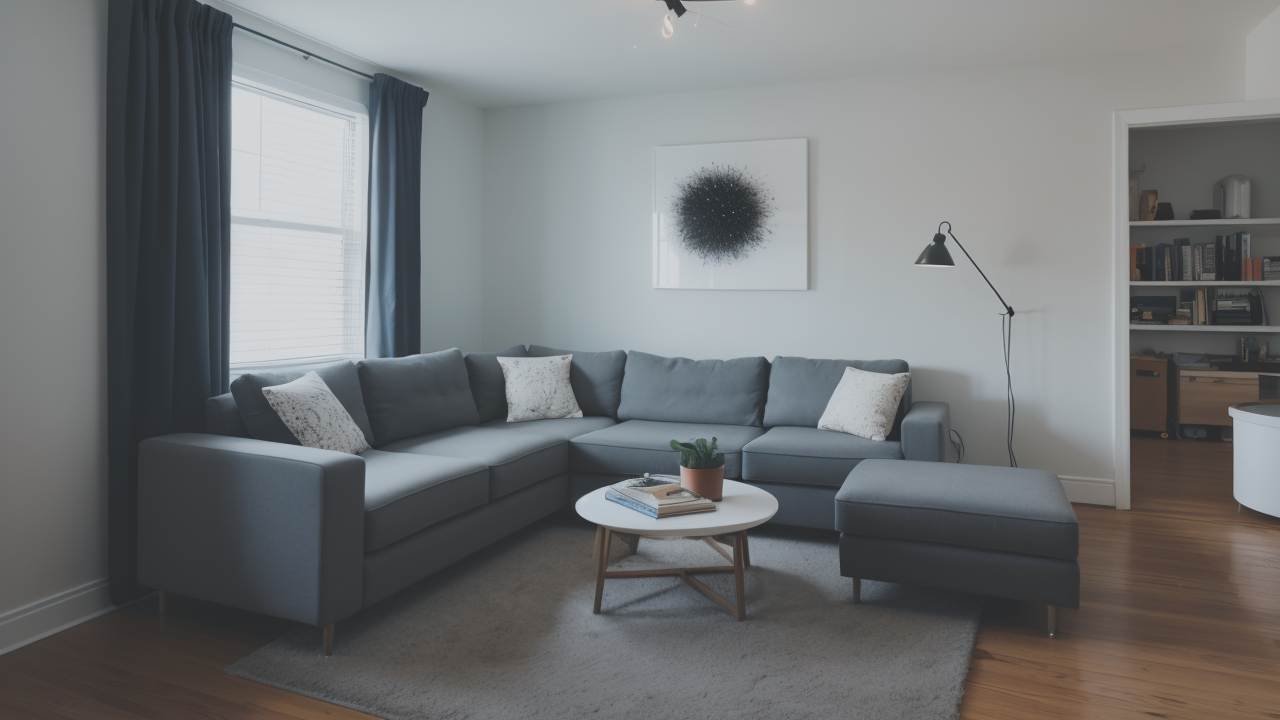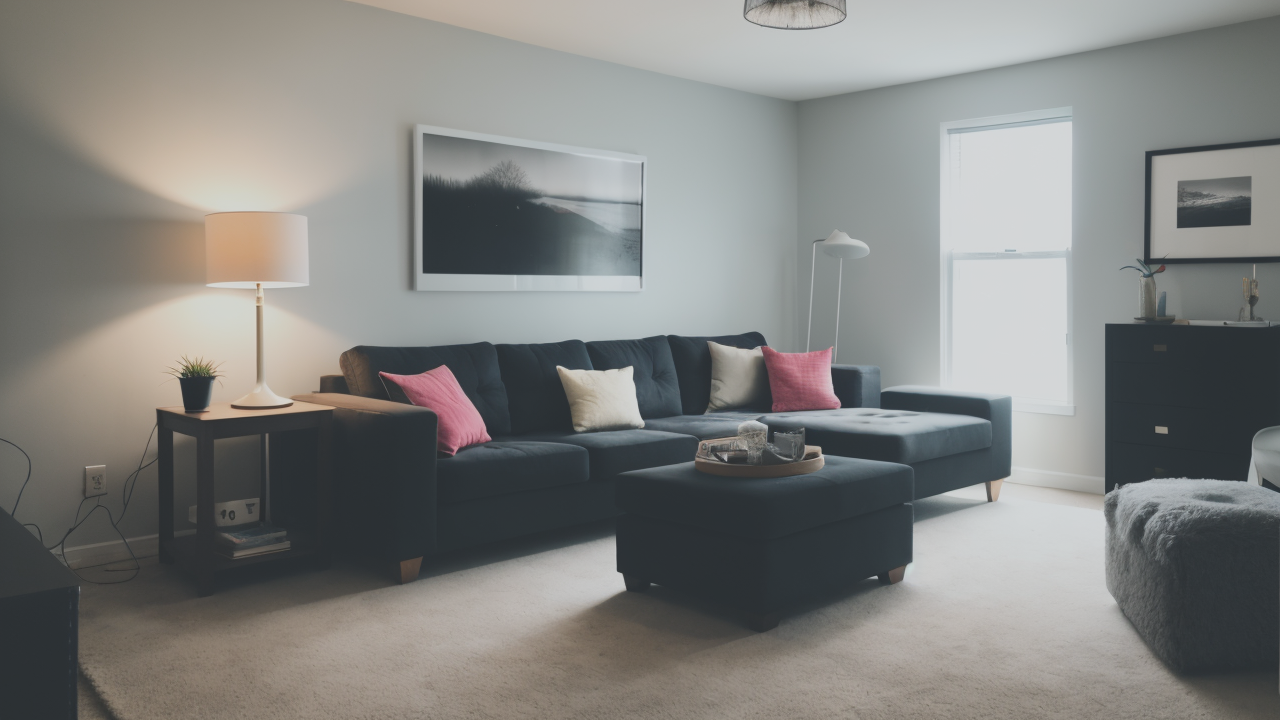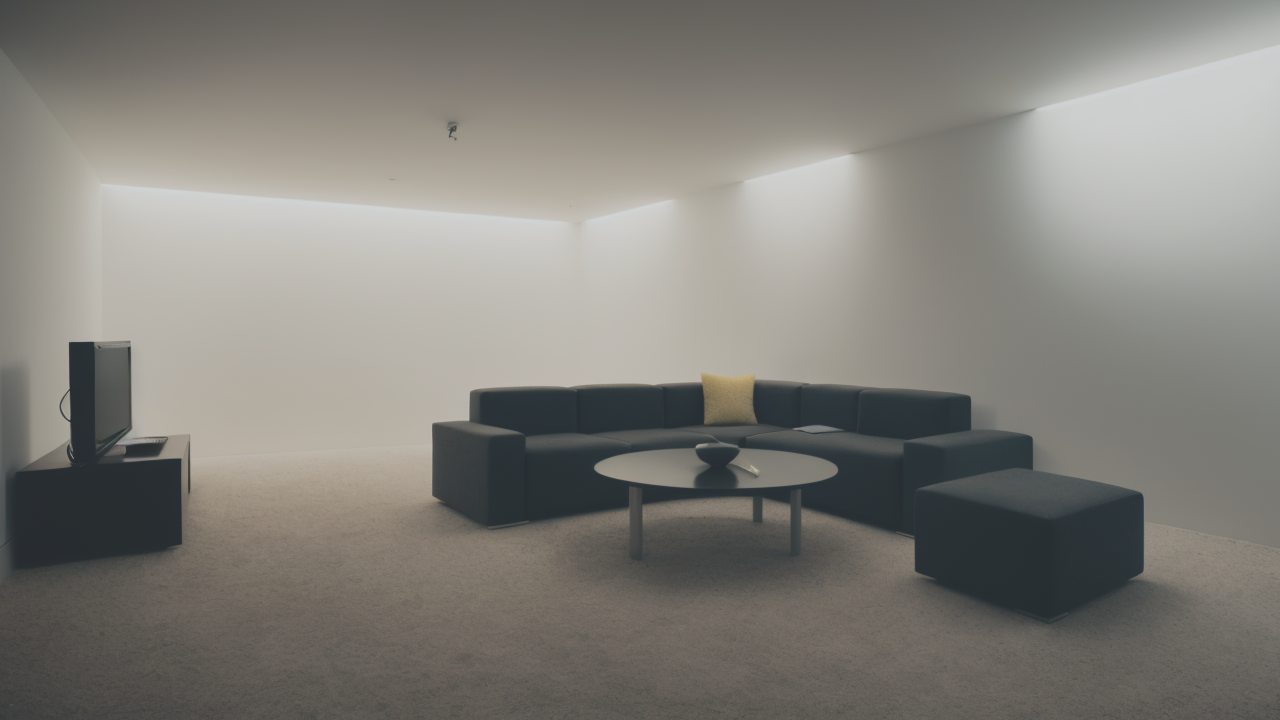
The Art of Less: How Minimalist Wall Decor is Shaping Modern Life Trends in the US
The Rise of Minimalist Art in American Households
Historical Context of Minimalism in Art
Minimalist art emerged in the 1960s as a reaction to complex abstract expressionism. Artists like Donald Judd and Frank Stella led this movement. They focused on simple shapes, clean lines, and basic colors. The style quickly gained popularity in the US art scene. It reflected a desire for clarity and simplicity. Minimalist artists used geometric forms and limited palettes. They often created works with repetition and symmetry. The goal was to make art that spoke for itself. Artists wanted viewers to focus on the work, not hidden meanings. Over time, this style found its way into American homes. It offered a fresh, uncluttered look that many people loved. The simplicity of minimalist art made it easy to understand and appreciate.

Factors Contributing to Its Popularity in the United States
Several factors helped minimalist art grow popular in American homes. The booming economy allowed more people to buy art. There was also a growing interest in modern design. Minimalist art paired well with sleek, mid-century furniture. Its simplicity made it easy to add to any room. Social media and design shows helped spread the trend. They showed how minimalist art could transform a space. The move towards simpler living also played a role. Many people wanted to declutter their homes. Minimalist art became a symbol of a thoughtful lifestyle. It offered a way to make spaces feel calm and organized. The art's versatility appealed to many homeowners. It could work in various settings, from small apartments to large houses. The affordable nature of some minimalist pieces also increased its appeal.
The Psychological Impact of Minimalism on Homeowners
Minimalist art can have a strong effect on how people feel at home. Its clean lines and simple forms create a sense of calm. This can help reduce stress and anxiety in daily life. The lack of clutter in minimalist art gives the mind a break. It provides visual rest from the chaos of busy schedules. Many find that it helps them think more clearly. Minimalist art can make rooms feel bigger and more open. This can create a feeling of freedom and space in small homes. It also encourages mindfulness and reflection. People often pause to appreciate the simple beauty of these works. For many, it serves as a daily reminder to focus on what's important. The art can inspire people to simplify other areas of their lives too. This can lead to a more balanced and peaceful lifestyle overall.
Incorporating Minimalist Art into Home Decor
Selecting the Right Minimalist Pieces for Your Home
Choosing minimalist art for your home takes careful thought. Start by looking at your space and current decor. Find pieces that match your color scheme and furniture style. Think about the size of the art compared to your walls. Big, bold pieces can be great focal points in large rooms. Smaller works can add subtle touches to cozy corners. Look at the material and texture of the art too. Even within minimalism, there are many styles to explore. You might like geometric shapes, single-color paintings, or simple line drawings. Don't be afraid to mix different minimalist styles. This can add interest to your space. Remember to choose pieces that you really love. The art should speak to you and fit your personal taste. Consider the mood you want to create in each room when selecting pieces.

Balancing Functionality and Aesthetics
When adding minimalist art to your home, think about both looks and function. Consider how the art will work with your daily activities. Avoid putting delicate pieces in busy areas of your home. Choose tough materials for places with lots of sun or moisture. Think about the mood you want in each room. Calm, neutral colors work well in bedrooms and offices. Bolder pieces can add energy to living areas. Remember that minimalist art can be useful too. Look for things like artistic lamps or storage that's also beautiful. This way, your art can look good and serve a purpose. Placement is key to balance. Make sure the art doesn't get in the way of how you use the space. At the same time, put it where you can enjoy it every day. The right balance will make your home both beautiful and practical.
Tips for Curating a Minimalist Art Collection
Building a collection of minimalist art takes time and patience. Start by learning about different minimalist artists and styles. Visit art galleries and shows to see pieces in person. Don't rush to fill your walls right away. It's better to have a few pieces you love than many you don't. Mix well-known artists with new talents in your collection. This creates a diverse and interesting set of artworks. Try to create a theme or color scheme throughout your home. This helps everything flow together nicely. Don't be afraid to change your art around sometimes. This keeps your space feeling fresh and new. It also lets you enjoy each piece fully. Remember, a good collection tells a story about what you like and value. Take your time and choose pieces that really mean something to you. Consider the overall impact of your collection on your living space.
Minimalist Art as a Reflection of Lifestyle
How Minimalist Art Represents Modern Living Trends
Minimalist art mirrors many aspects of today's lifestyle in the US. It shows a growing desire for simplicity in a complex world. The clean lines match the sleek design of modern tech we use daily. The focus on basics fits with the minimalist lifestyle trend popular now. It represents a move away from excess consumption. The art's use of space speaks to city dwellers in small homes. It offers a visual way to make limited space feel bigger and more open. Minimalist art also fits our digital age's love of clear, strong messages. Its simple look cuts through the noise of too much information. The art often uses eco-friendly materials, matching green living trends. Its timeless style fights against fast fashion and disposable decor. In many ways, minimalist art captures the essence of modern American life.

The Role of Minimalism in Creating Serene Living Spaces
Minimalist art plays a big part in making calm home spaces. Its simple style helps reduce visual clutter in rooms. This promotes a sense of peace and order in the home. Large minimalist pieces can be a focal point that soothes the eye. The use of empty space in the art echoes the need for open areas in rooms. This helps create a feeling of space and tranquility at home. Simple color schemes in the art add to a peaceful atmosphere. The art's focus on shape and texture adds depth without being overwhelming. By adding minimalist art, homeowners can create a quiet retreat from the busy outside world. The art can help turn any room into a calming space for relaxation. It reminds us to slow down and enjoy the simple things in life, even in our fast-paced world.
Minimalist Art and Its Influence on Home Lifestyle Choices
Having minimalist art often leads to bigger changes at home. Many find it inspires them to declutter other areas of their life. The art's focus on essentials makes people think about what they really need. This can lead to more mindful buying habits and less waste. People might choose to own fewer things, but of higher quality. The calm feeling from minimalist art can help improve sleep and relaxation habits. It might even inspire simpler daily routines and time management. The art's clean look can motivate people to keep their homes tidy and organized. Its timeless style might encourage buying classic, long-lasting items for the home. The art's subtle beauty can help people appreciate small details more in daily life. This mindset can spread to other areas, like cooking or gardening. In essence, minimalist art can be a gentle guide towards a more intentional way of living in modern America.


